BrightEdge's latest tracking shows Google AI Overviews now cite the same pages that rank in classic organic results slightly more than half the time, with wide variation by industry. This report condenses the key takeaways, how the data was measured, and what is and is not known.
Google AI Overviews overlap with organic search
Across BrightEdge's dataset, AI Overviews citations now match pages that rank in traditional organic results 54% of the time, up from about one third at launch, according to its Weekly AI Search Insights report AI Overview Citations Now 54% from Organic Rankings. Overlap is not uniform: highly regulated Your Money or Your Life categories show much higher convergence than online retail, where overlap remains low and AIO coverage has receded. These patterns indicate where SEO investments are likely to translate into AIO visibility and where separate content strategies are needed.
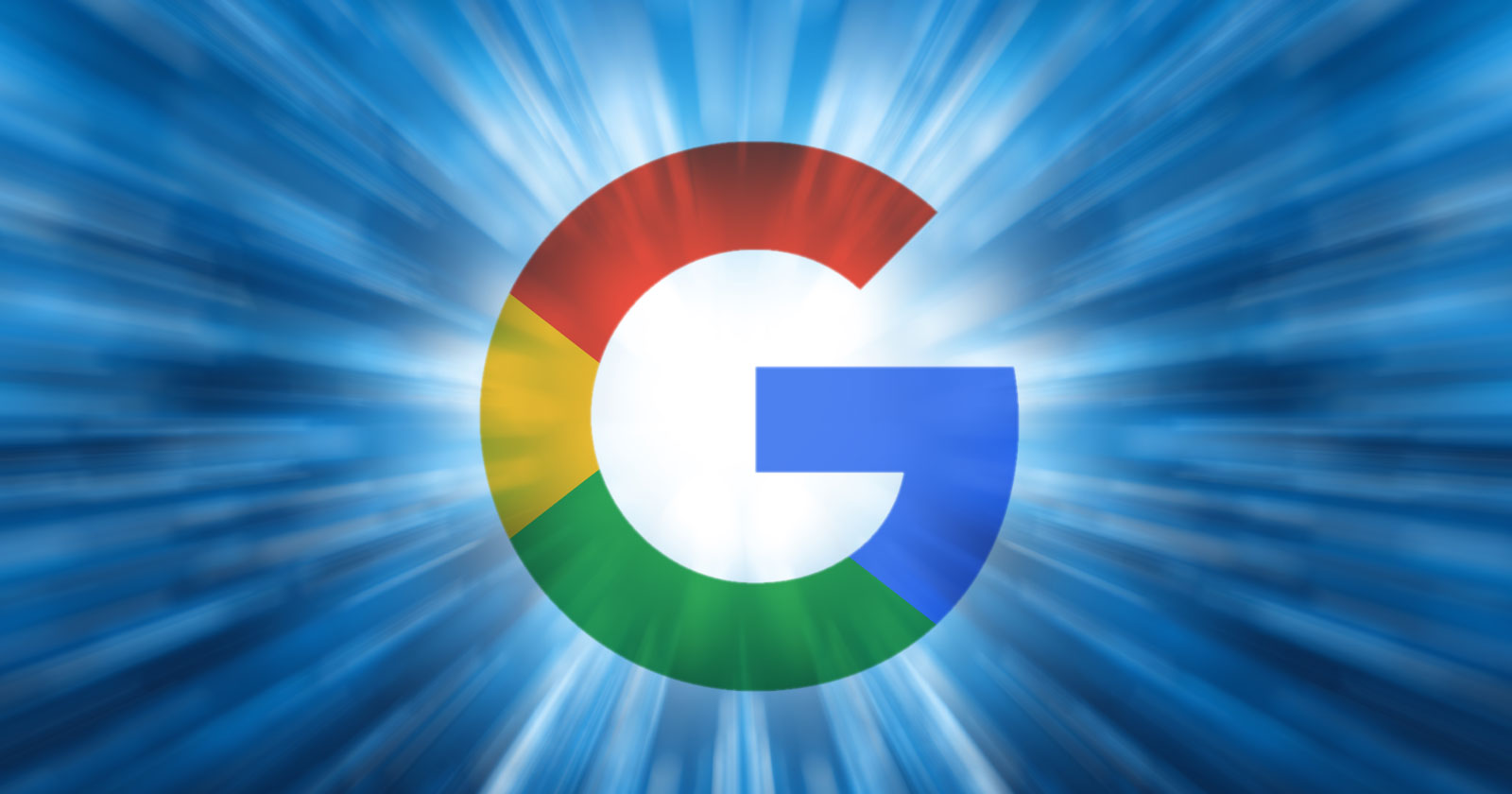
- 54% of AIO citations match the organic results for the same query; 46% do not overlap.
- Overlap by vertical: healthcare 75.3% (up from 63.3%), education 72.6% (up from 19.4%, +53.2 percentage points), insurance 68.6% (up from 20.9%, +47.7 pp), online retail 22.9% (+0.6 pp).
- Industry-wide overlap increased from about 32% at AIO debut to 54% after 16 months (+22 pp). BrightEdge notes a +5.4 pp jump in September 2024.
- AIO coverage within online retail decreased 7.6% while overlap stayed low, indicating limited convergence with classic rankings in that category.
One-line implication for marketers: Expect strong AIO - organic convergence in YMYL categories and continued separation in online retail - plan content and measurement accordingly.
Method and source notes
BrightEdge measured whether links cited inside Google AI Overviews correspond to pages that also rank in the organic results for the same queries, then trended the share of matching citations over 16 months and segmented by industry. The firm publishes these metrics in its Weekly AI Search Insights series.
- What was measured: the share of AIO citations that overlap with organic rankings, overall and by vertical; change since AIO launch; category-specific AIO coverage shifts. This is not a traffic or CTR study.
- Who and when: BrightEdge, ongoing weekly tracking. The cited update spans the 16 months since AIO debuted through the most recent reporting period referenced by BrightEdge.
- Method: proprietary query set and classification; comparison of AIO-cited URLs to organic results for the same queries; vertical segmentation (for example, healthcare, education, insurance, online retail).
- Sample size and geography: not disclosed on the referenced BrightEdge page. BrightEdge typically tracks large, category-balanced keyword panels, but exact counts and regional scope are not specified.
- Key caveats: overlap depends on BrightEdge's definition of a citation and matching logic (URL-level vs. domain-level not specified). Coverage and overlap are presence metrics, not engagement. Google's continual experiments may cause short-term volatility. Vendor-collected data introduces potential sampling bias.
- Context: for background on potential AIO retrieval mechanics, see reporting on Google's FastSearch.
Findings on vertical differences and change over time
BrightEdge's measurements indicate the convergence of AIO citations with organic results is real but uneven. The details below separate what changed by industry and how the picture evolved since launch. These are presence-based metrics and do not imply similar click patterns or conversions.
Vertical breakdown: YMYL vs. online retail
- Healthcare: 75.3% of AIO citations match organic results, up from 63.3% at launch. This suggests AIO cites many of the same sources that already rank for health queries, consistent with higher quality thresholds often applied to medical content.
- Education: 72.6%, up from 19.4% (+53.2 percentage points). Education moved from limited convergence to substantial alignment with organic results over the period.
- Insurance: 68.6%, up from 20.9% (+47.7 pp). Established rankings are now frequently reflected in AIO citations.
- Online retail: 22.9%, with only a +0.6 pp change since launch. BrightEdge also reports a 7.6% decrease in AIO coverage in this category, reinforcing that product-focused queries see less AIO presence and less convergence with organic listings.
Trend over 16 months
- Overall overlap rose from about 32% at AIO debut to 54% (+22 pp) across BrightEdge's panel.
- A +5.4 pp jump in September 2024 shows overlap can shift materially in short windows, likely reflecting product updates or tuning periods in AIO deployment.
- Growth was not uniform across sectors. YMYL categories saw large gains in overlap, while online retail remained low and even saw lower AIO coverage, pointing to different use cases for AIO answers vs. shopping modules and product listings.
Interpretation and implications
- Likely: In YMYL categories, improvements in organic visibility are increasingly predictive of AIO citation visibility. Invest in content quality and credibility signals already associated with organic ranking success, and keep schema and attribution clean so pages can be cited clearly in AIO.
- Likely: For online retail, treat AIO as a research-stage surface with limited direct substitution for product-led organic rankings. Maintain product detail depth, freshness, and feed accuracy for traditional listings and shopping units. Do not assume AIO coverage will track organic gains in this category given 22.9% overlap and reduced AIO coverage.
- Likely: Track overlap for your own queries monthly. BrightEdge's data shows overlap can change quickly, so category-level norms may shift with product updates.
- Tentative: Rising overlap suggests AIO systems are aligning more with established, high-quality sources for high-stakes topics. This may reduce volatility for authoritative sites in those niches but does not guarantee similar click behavior vs. organic.
- Speculative: If convergence continues, the marginal value of incremental organic improvements may rise in YMYL for earning AIO citations. In online retail, separate content aimed at answer-oriented queries may be needed alongside product pages if AIO exposure is a goal.
Contradictions and gaps
- Sampling transparency: exact query counts, device mix, and geography are not disclosed on the BrightEdge page. Results may not generalize to all markets or query intents.
- Definition of overlap: the report does not specify whether matches are URL-level or domain-level, nor the position depth for organic. This affects how strictly overlap is measured.
- Missing engagement metrics: the dataset covers presence, not clicks or conversions. Overlap does not equate to traffic parity between AIO and organic.
- Causality and mechanics: the data does not identify why overlap changed. Any attribution to internal Google systems would be speculative absent direct disclosures.
- Category boundaries: vertical classification methodology is not detailed. Some queries can be ambiguous between research and transactional intent, which may influence measured overlap.
Sources
- AI Overview Citations Now 54% from Organic Rankings - BrightEdge Weekly AI Search Insights.
- Google's FastSearch - background on AIO retrieval context.


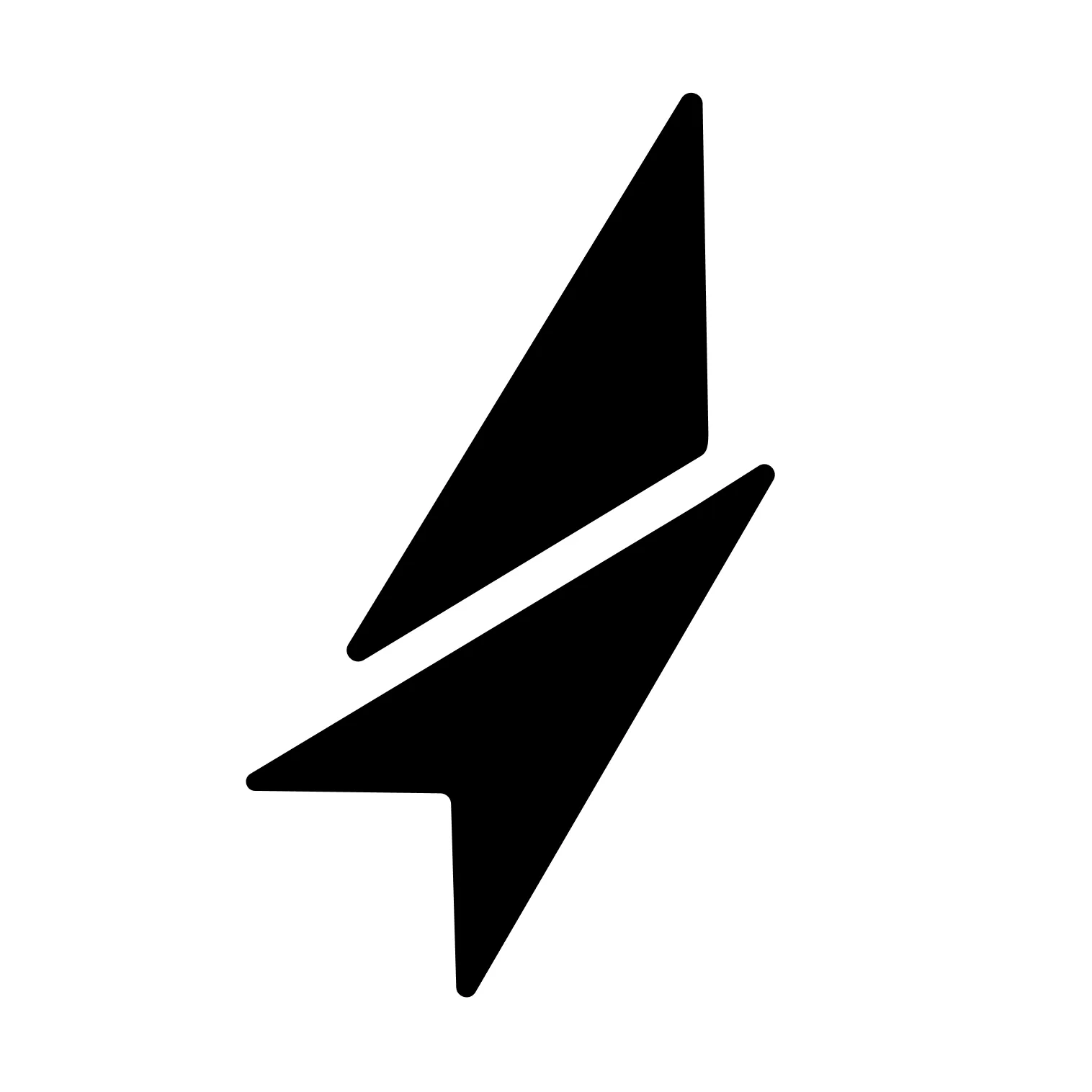

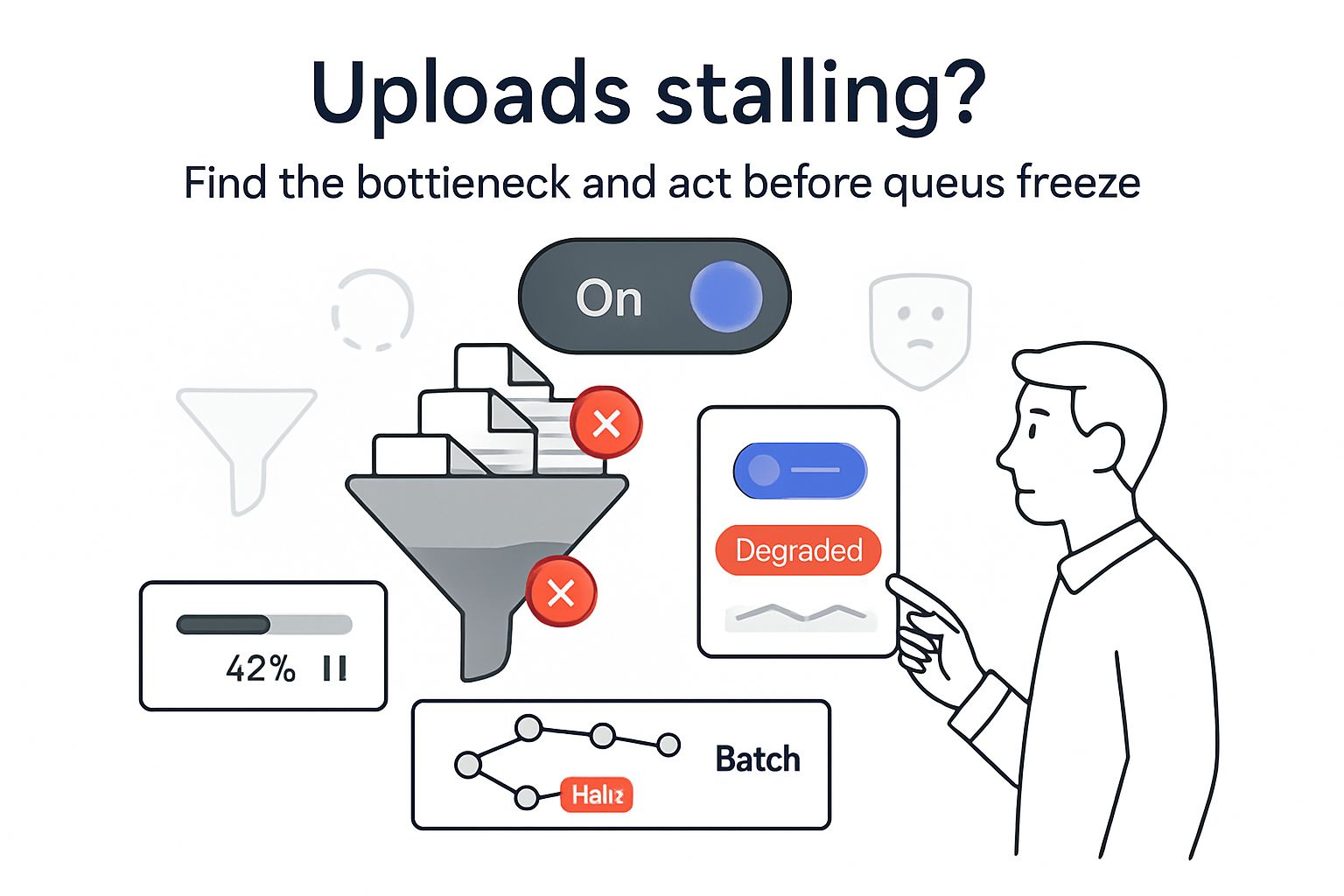
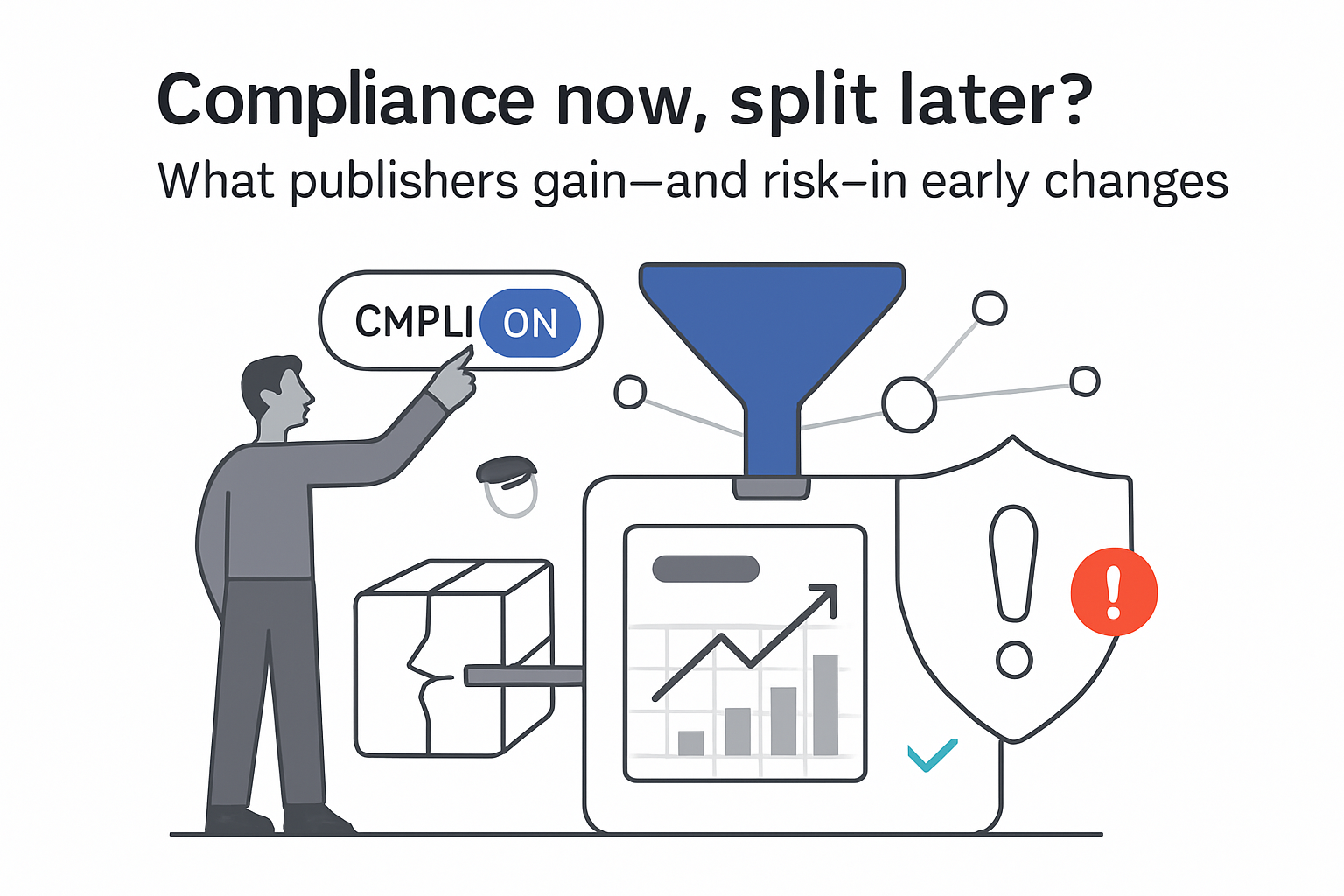
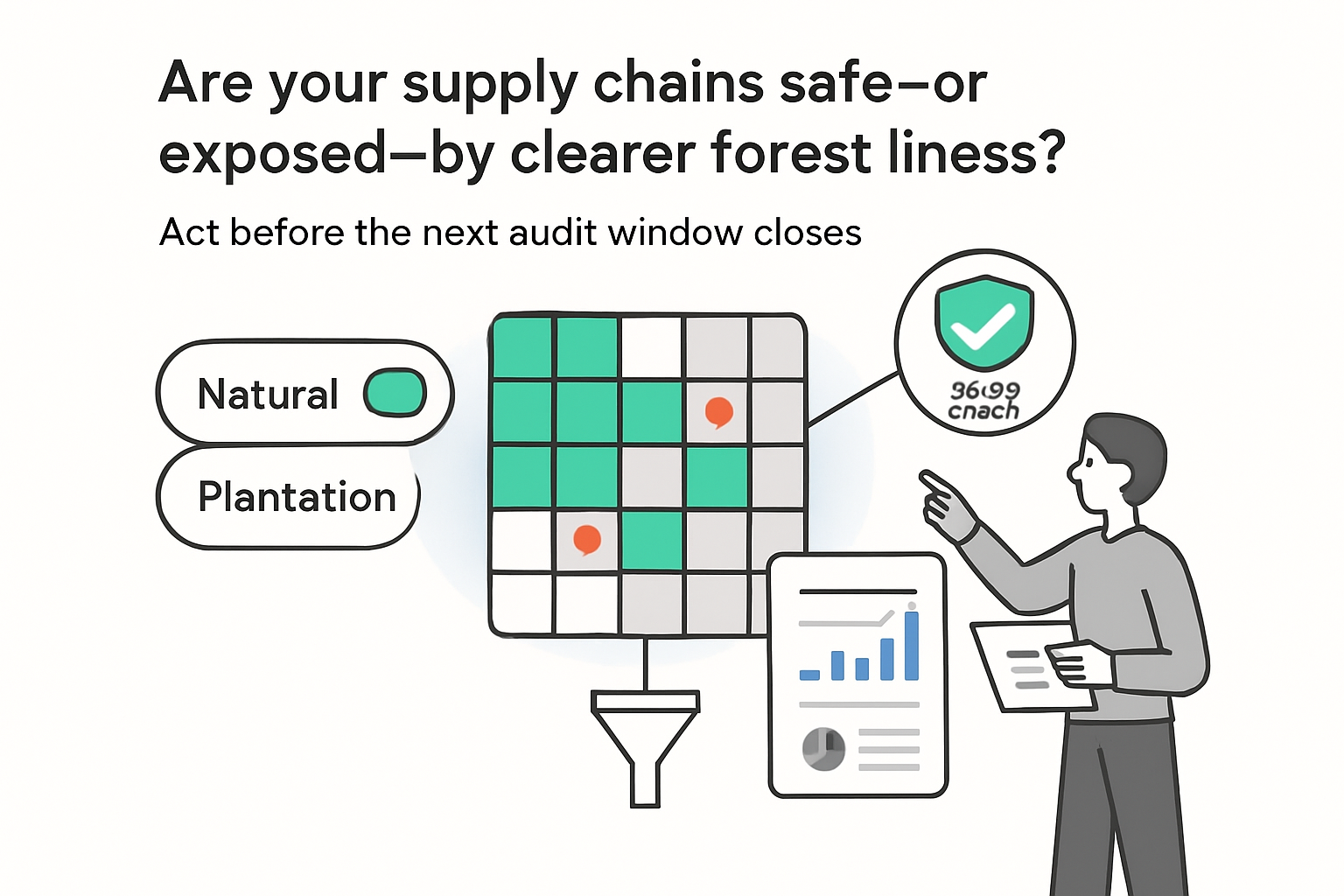
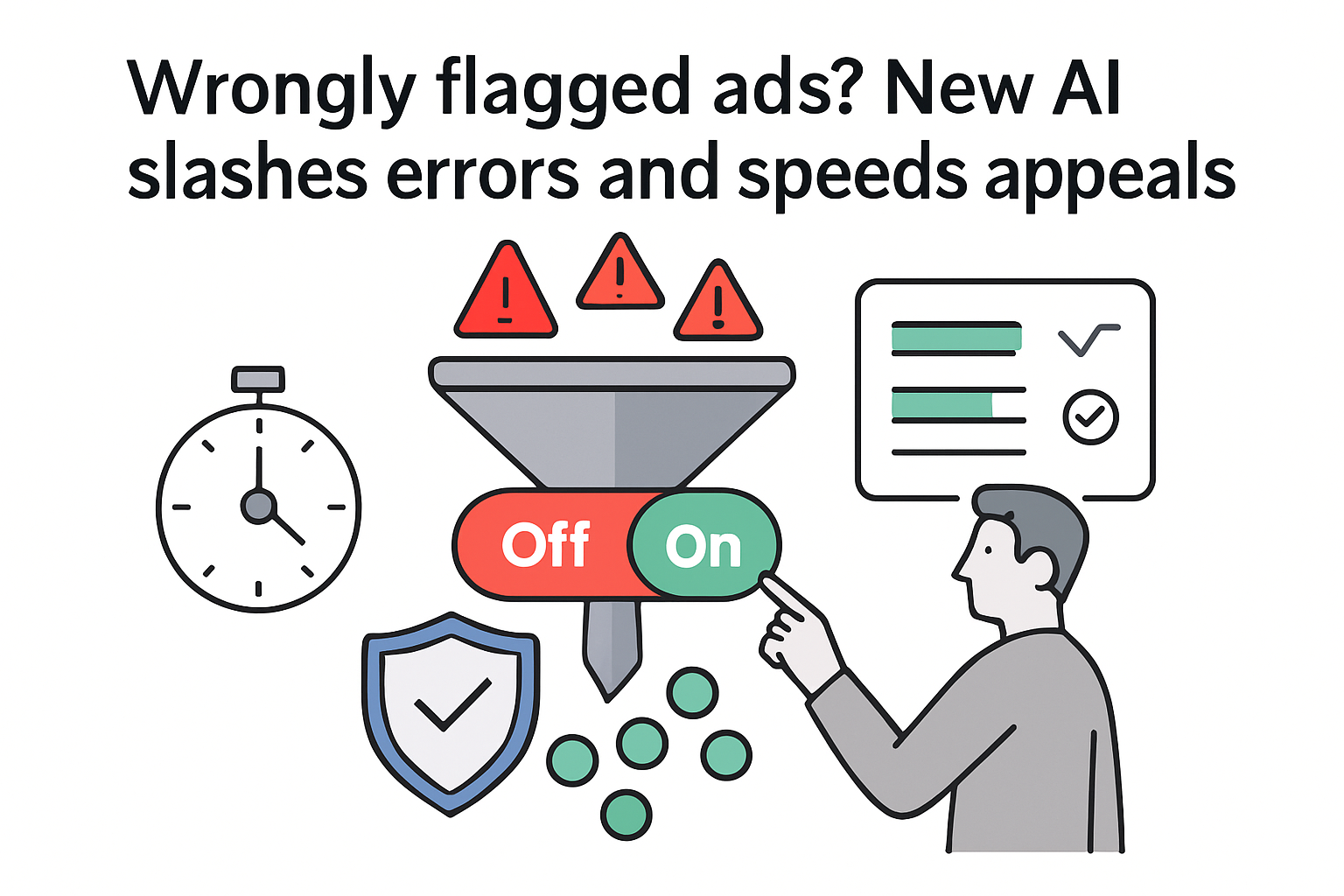
.svg)